Scars can take various forms, but the two most common types are keloid and hypertrophic scars. But, what are they, and how do they form? Understanding the differences between these two raised scars is essential for anyone looking to improve the appearance of their scars. Today, we'll chat about keloid and hypertrophic scars and discuss effective treatment options. So, let’s get started.
Keloid vs Hypertrophic Scars
What Are Keloid Scars?
Keloid scars are characterized by their raised, thick, and often lumpy appearance. They extend beyond the original wound or incision and can be larger than the injury itself. Keloid formation is due to an overproduction of collagen during the healing process. Keloids can even be itchy, painful, and cosmetically bothersome.
What Are Hypertrophic Scars?
Hypertrophic scars, on the other hand, are raised and red but tend to stay within the boundaries of the original wound or incision. Unlike keloids, they do not extend beyond the injury site. Hypertrophic scars are also caused by excess collagen production, but they are generally less severe than keloids and may improve over time.
In Summary: The Difference Between Keloid and Hypertrophic Scars
|
Keloid |
Hypertrophic |
|
|
Appearance |
Tend to be more prominent, with a thick, raised, irregular texture |
Still raised, but not as much. The scar tissue tends to remain within the confines of the original wound |
|
Size |
Often larger than the initial injury |
Similar size & shape of the original wound |
|
Color |
Red or pink early on; can become darker over time |
Red or pink early on; usually fade over time |
|
Pain & Itching |
Often cause more discomfort, more likely to be painful &/or itchy |
Little to no pain or itchiness |
How To Treat Raised Scars
Fortunately, both keloid and hypertrophic scars can be effectively treated using similar methods. This is due to how the wound healing process works. One of the most popular and clinically proven treatments is silicone sheeting and gel. Here's how it works:
Silicone Sheeting
Silicone sheets like our ScarFX sheets are applied directly to the scar. They create a protective barrier that helps to hydrate and flatten the scar tissue. This process reduces redness, itching, and discomfort over time.
Learn More: How Do Scar Fx Silicone Sheets Work On Scars?
Silicone Gel
Silicone gel can be applied to the scar, providing similar benefits to silicone sheeting. It's often preferred for scars in more challenging locations or those that are difficult to treat with sheets. We also recommend that you use our silicone scar gel during the day, while you use the sheeting at night.
For an all-in one solution, check out our Scar Heal Kits.
Other Options
Additionally, other treatments like corticosteroid injections, laser therapy, and surgical revision may be considered in consultation with a dermatologist or plastic surgeon, especially for severe cases of keloids or hypertrophic scars.
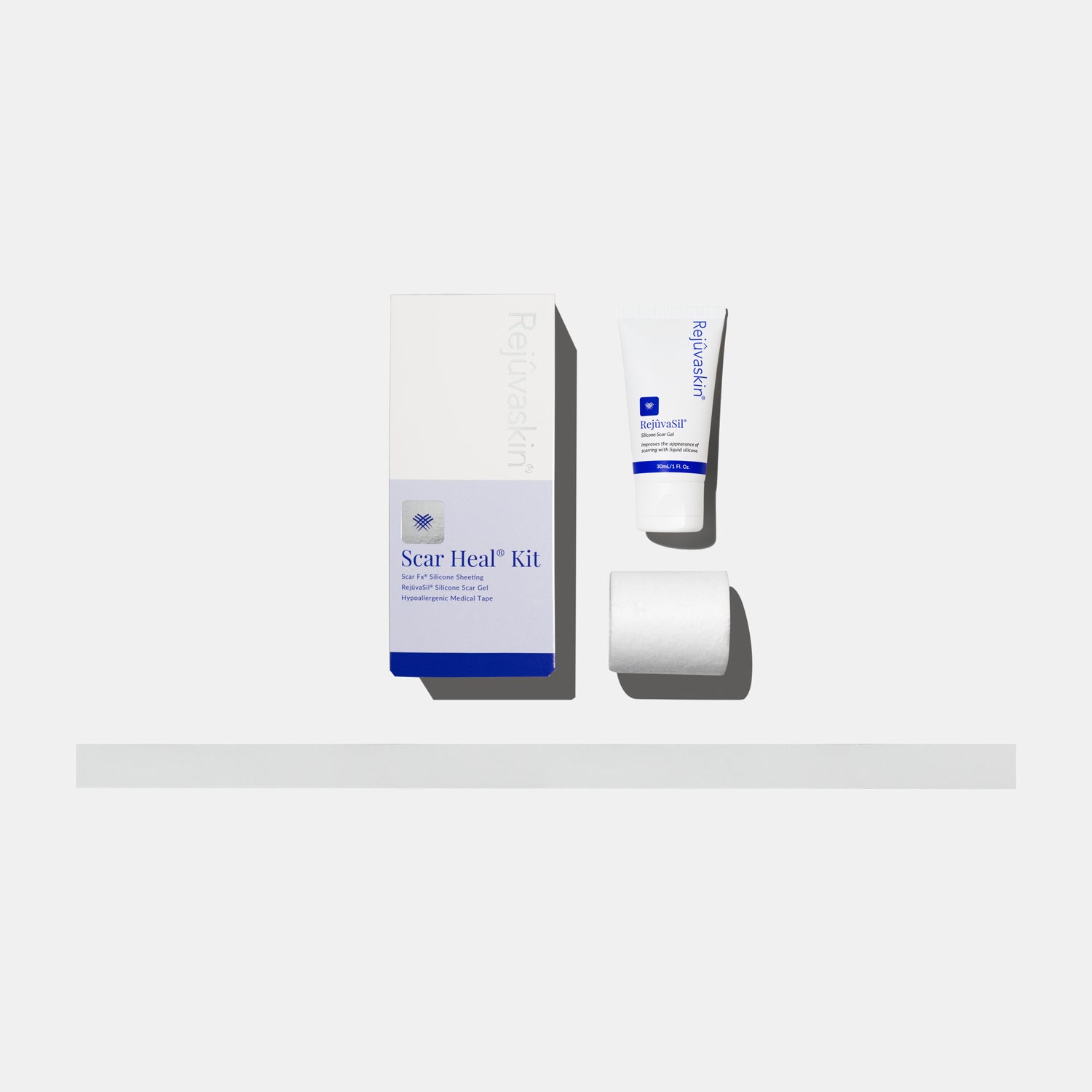


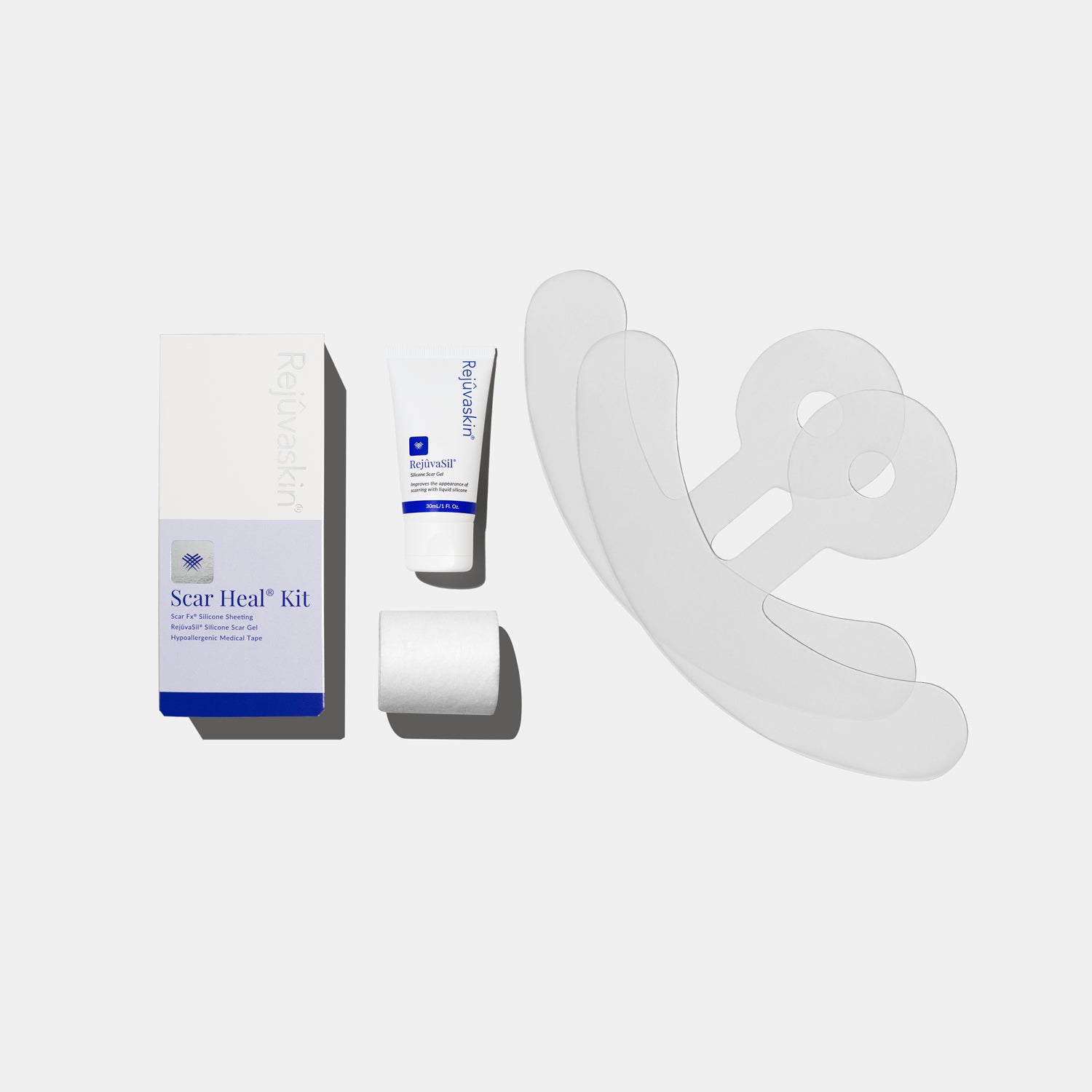
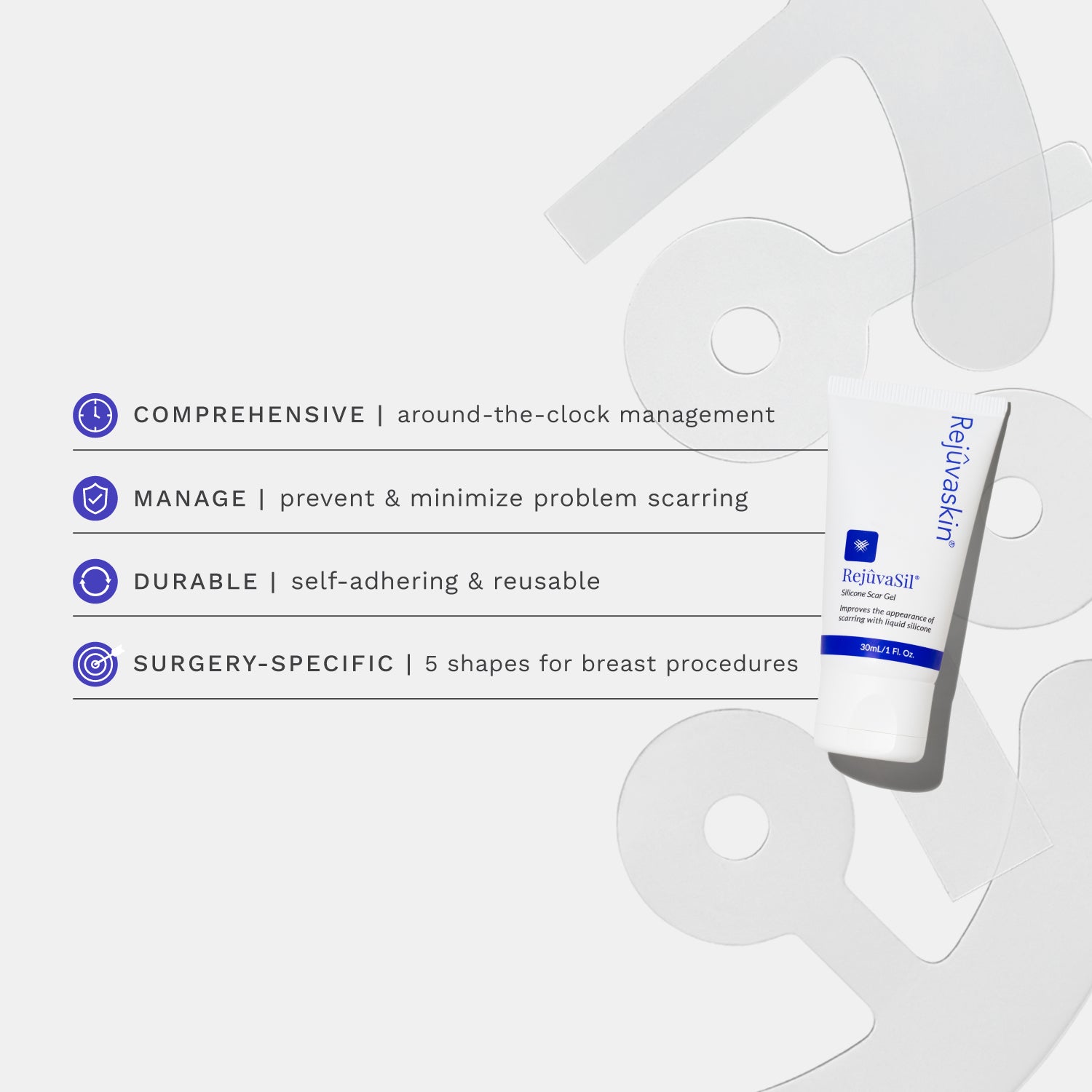
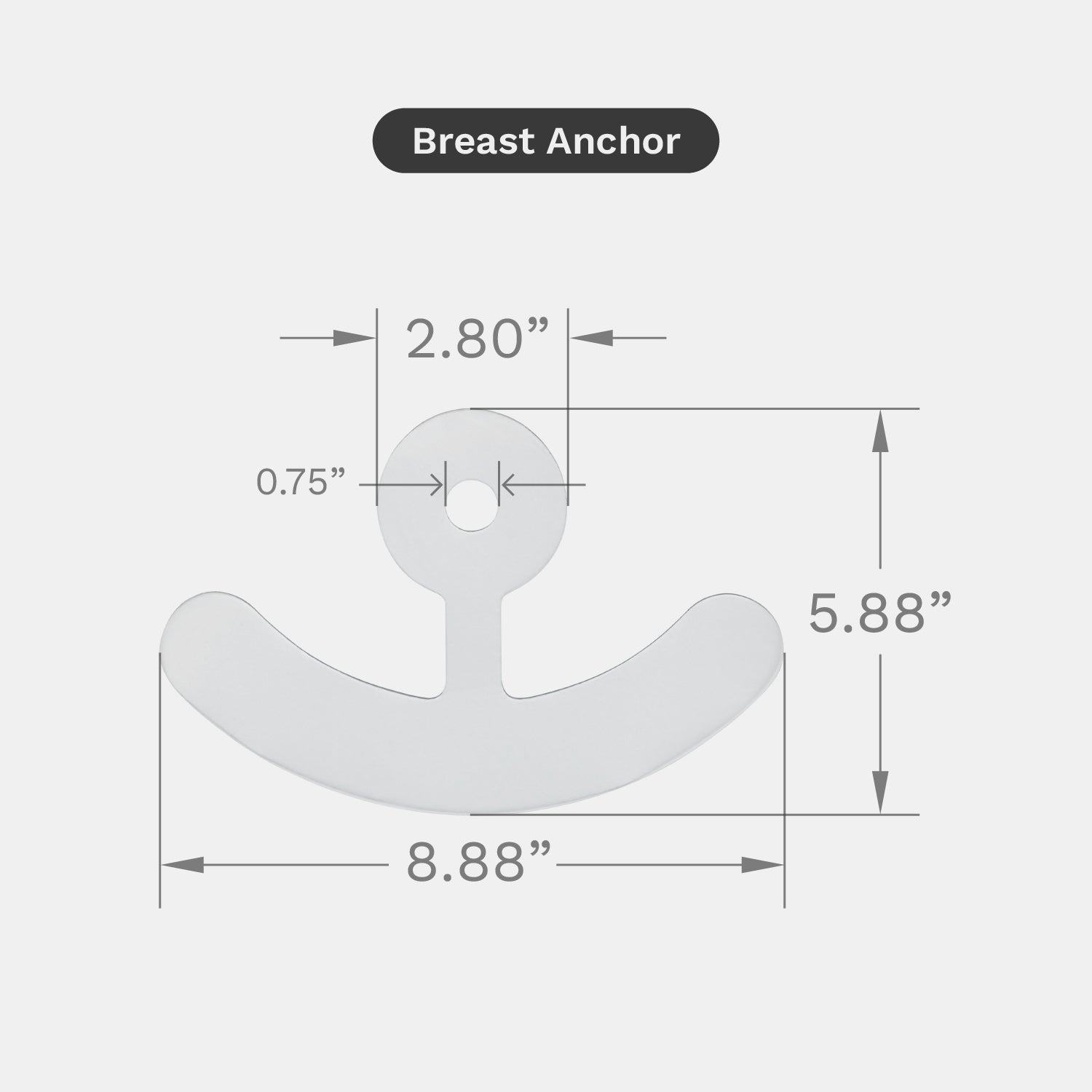
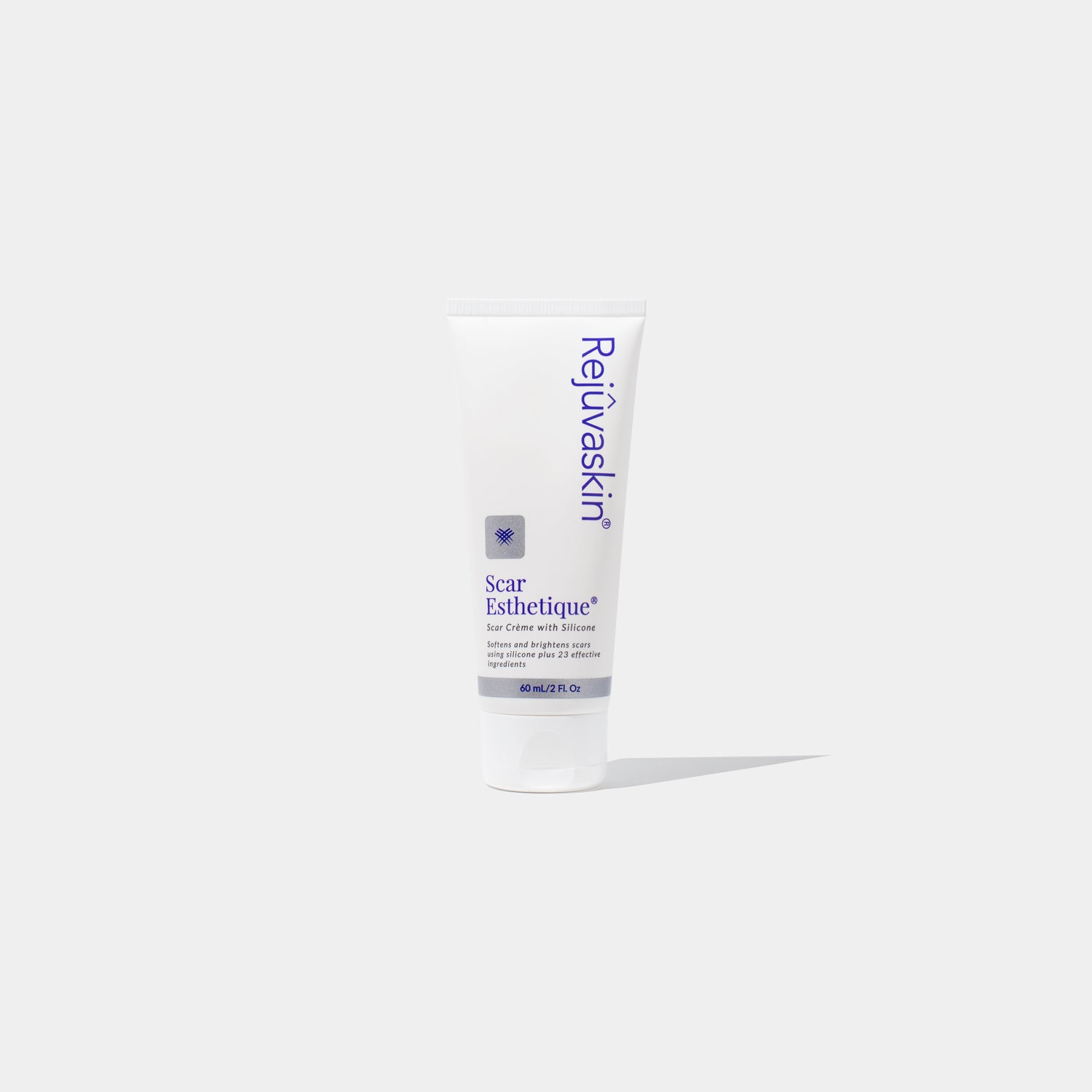
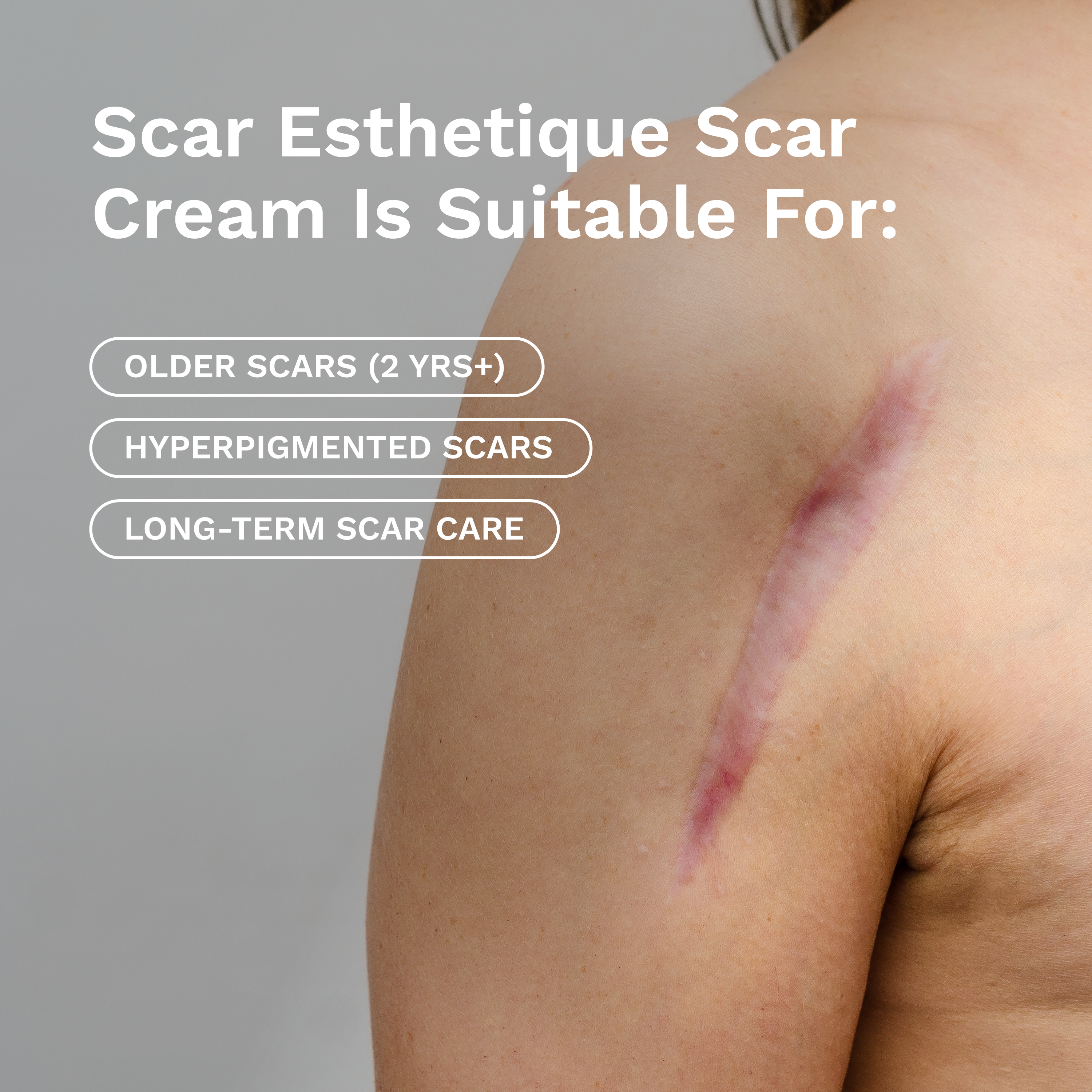








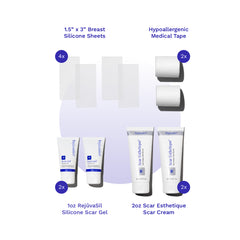
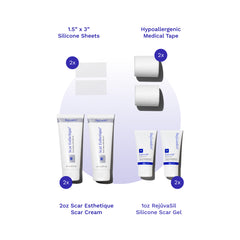

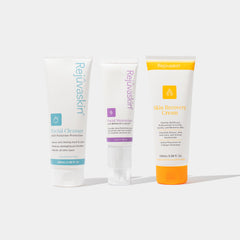

Leave a comment